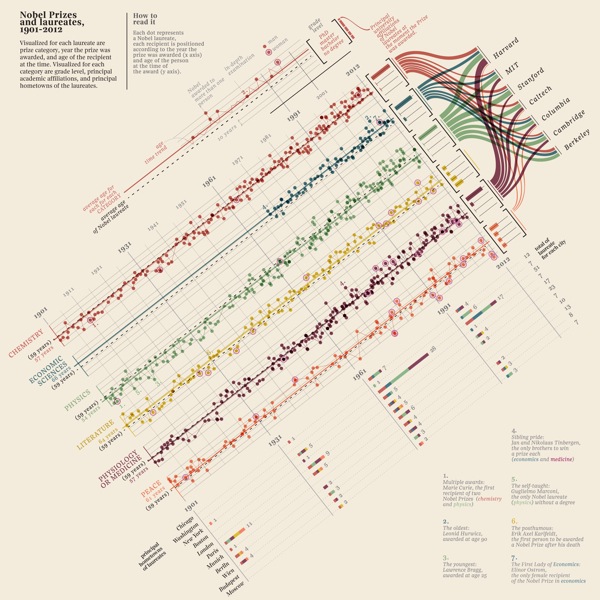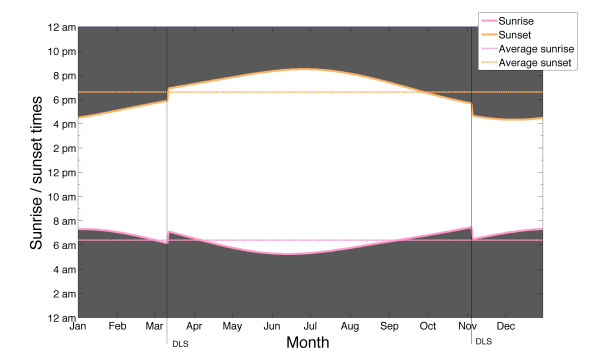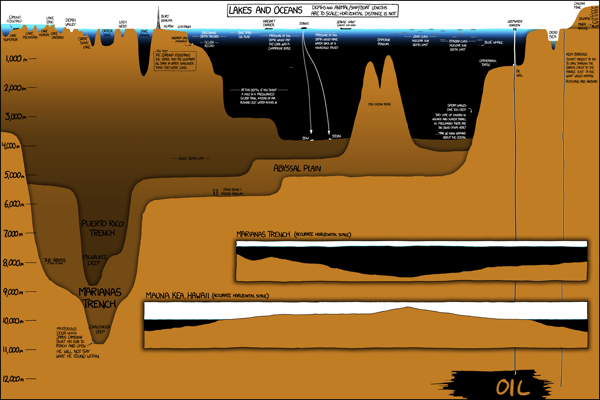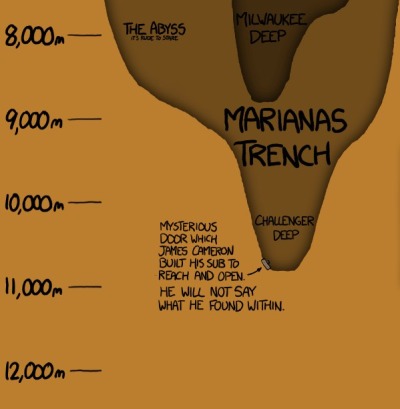
The Health Benefits of Guinness vs. Beer is a new infographic from the team at GoIreland.com. Primarily focused on calories, this infographic does a good job at visualizing comparisons.
We at GoIreland have rustled up a useful infographic about Guinness and other beers. But not just any infographic about booze. We recognize that folks in the 21st century are more health conscious than ever, so have combined these two facets to look at the health benefits of Guinness vs. other types of beer.
Whether you enjoy the dark stuff, or lean towards lager, the results show that a pint of one, or the other, can have positive effects on various areas of the body, such as the heart, bones and even your skin. Through painstaking research, we even worked out how many individual peanuts each drink is the equivalent to eating, how long it would take to burn off those calories and taken a look at some of the strongest beers known to mankind.
This infographic is really well designed, and it’s focused on one of my favorite drinks in the world! The visual comparison between Guinness and a handful of light beers is clear and easy to read. However, when they start comparing to “Regular Beer” it’s unclear what brand they are using as the average beer and where that data comes from. I like the Running and Dancing comparisons that are fun and make understanding the differences easier to an average reader.
The only visualization error I see is the circles on the world map. Circles have to be sized by their AREA, so if we assume the Ireland circle is the correct baseline, then the circles for values of 0.06 and 0.02 would only be a couple pixels wide. The circles in the design are shown larger than their actual values, which is a false visualization.
At the bottom, I wish there was a URL to the original landing page for readers to get back to the original, and some form of copyright statement.
Thanks to Oli for sending in the link!
Here is an alternate, shorter and in my opinion “better” version. What do you think?
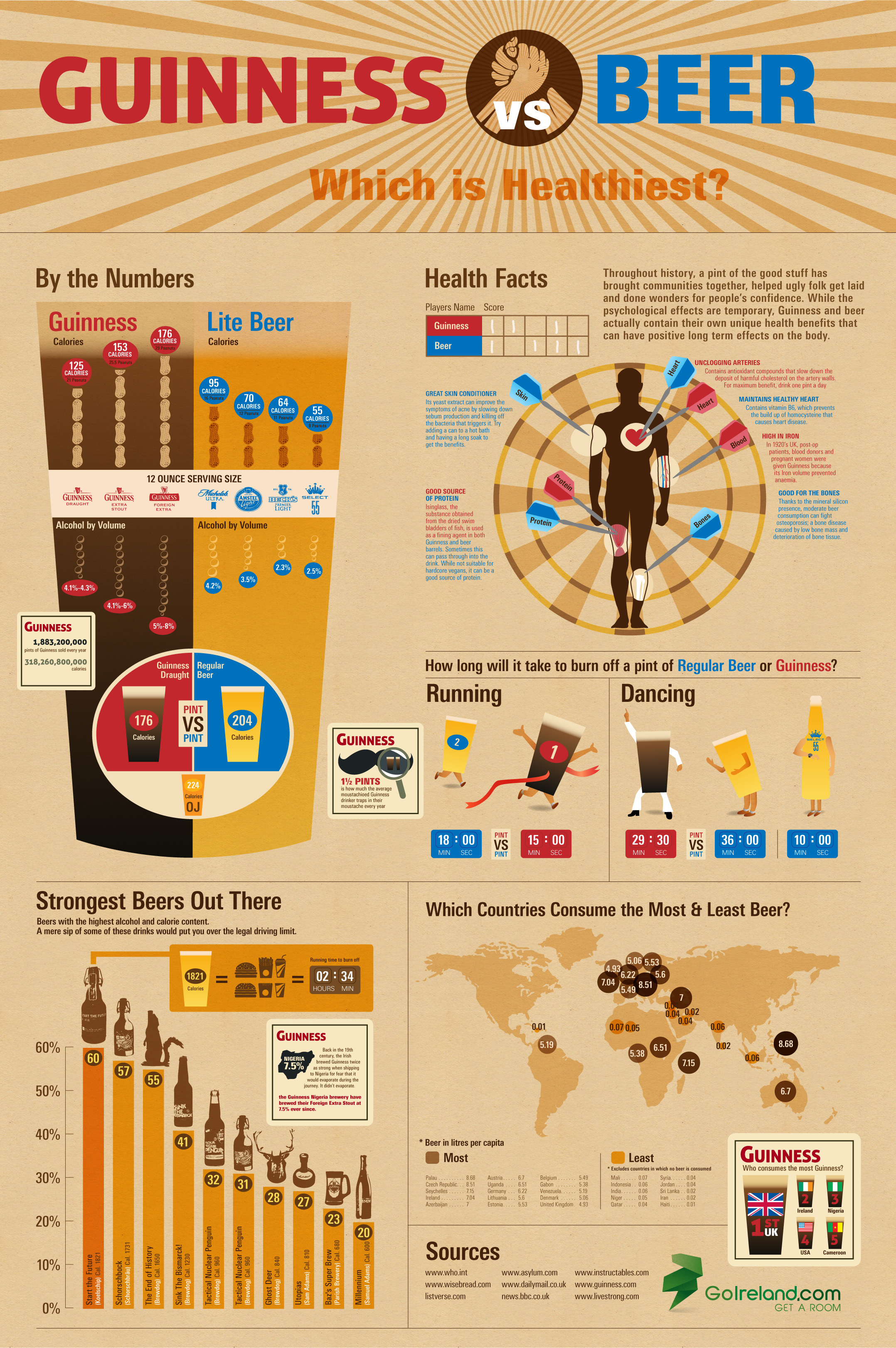









 Randy
Randy



